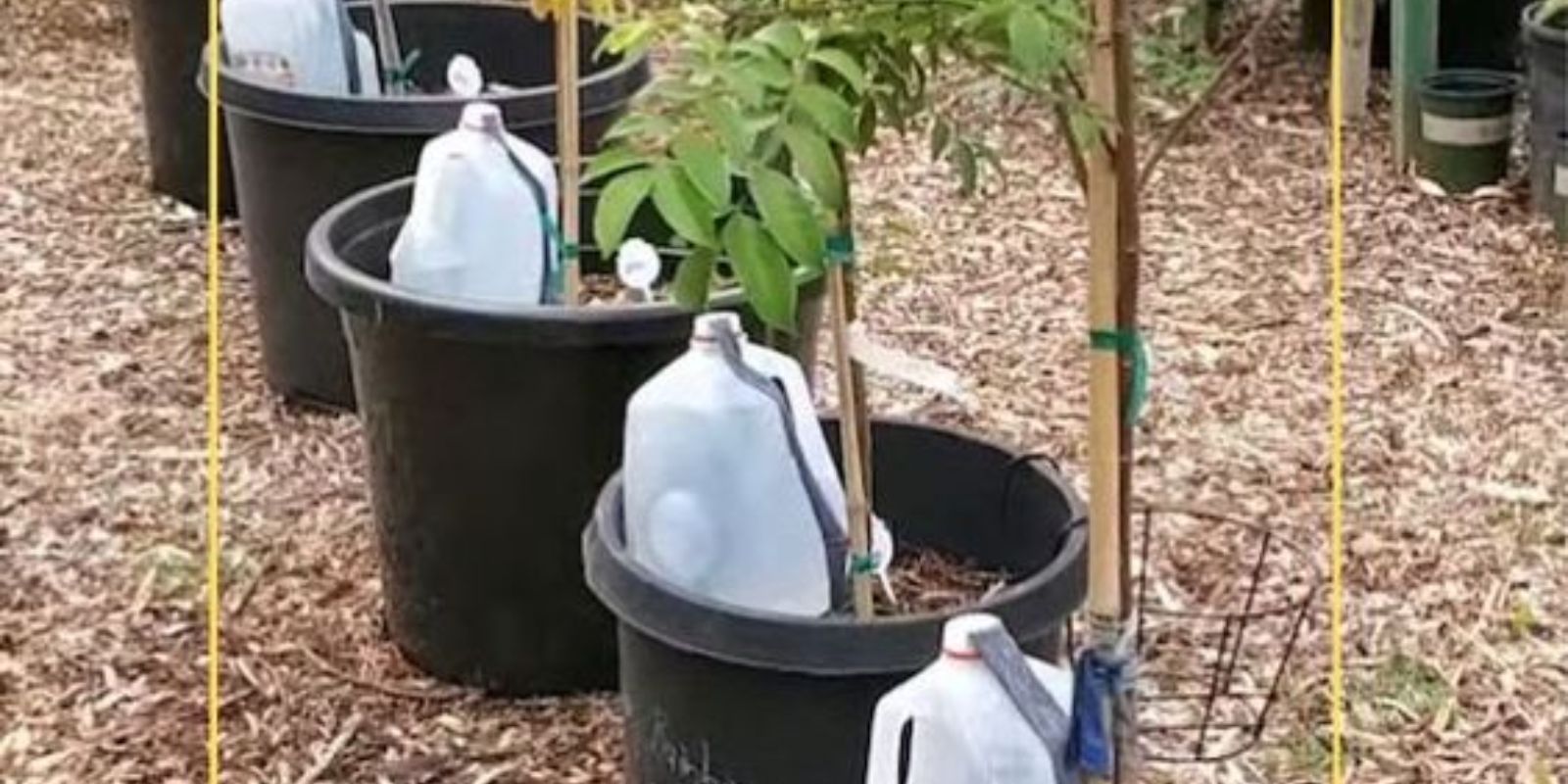Leaving your plants unattended for a month can be worrisome, but with the right preparation, you can ensure they stay hydrated and healthy. This guide covers various strategies and techniques to keep your plants well-watered during extended absences, allowing you to travel with peace of mind. By employing these methods, you can return home to thriving greenery instead of wilted, stressed plants.
Group Plants Together
Grouping plants with similar water needs together is an effective way to maintain consistent humidity levels and make watering more efficient.
- Identify Plant Needs: First, categorize your plants based on their water requirements. For example, succulents and cacti need less water than ferns and tropical plants.
- Positioning: Place the grouped plants in a location where they can benefit from each other’s moisture through transpiration, creating a mini microclimate that helps retain humidity.
Water Thoroughly Before Leaving
Giving your plants a deep watering just before you leave ensures they start with a sufficient moisture reserve.
- Deep Watering: Water your plants until the soil is fully saturated. This means water should seep through the drainage holes at the bottom of the pots.
- Check Drainage: Ensure your pots have adequate drainage to prevent waterlogging and root rot.
Use Self-Watering Systems
Self-watering systems are excellent for providing a steady supply of water over an extended period.
- Self-Watering Stakes: These devices draw water from a reservoir and slowly release it into the soil. Place the stakes in the soil and attach them to a water source like a bottle or a larger reservoir.
- Wicking Systems: Place one end of a wick (made from a material like cotton or nylon) in a water container and bury the other end in the soil. The wick will draw water into the soil as it dries out.
Mulch the Soil
Mulching helps retain moisture by reducing evaporation and keeping the soil temperature stable.
- Apply Mulch: Spread a 2-3 inch layer of organic mulch (such as wood chips, straw, or compost) around the base of your plants.
- Benefits: Mulch also suppresses weed growth and adds organic matter to the soil as it breaks down.
Move Plants to a Shady Area
Reducing the amount of direct sunlight your plants receive can significantly decrease their water needs.
- Relocate: Move your plants to a shaded area or a spot with indirect light. This slows down evaporation and reduces the stress on the plants.
- Indoor Plants: For indoor plants, consider moving them away from sunny windows to cooler areas of your home.
Automate with Timers
Installing an automated watering system with a timer can ensure your plants are watered consistently in your absence.
- Drip Irrigation System: Set up a drip irrigation system connected to a water source. These systems can be easily customized to deliver water to individual plants.
- Timers: Attach a timer to the irrigation system to control when and how often your plants are watered. Set the timer based on the specific water needs of your plants.
Use Water Globes or Bottles
Water globes and inverted bottles can provide a slow, steady supply of water to your plants.
- Water Globes: These glass or plastic devices are filled with water and inserted into the soil. As the soil dries out, the globe releases water, keeping the soil consistently moist.
- DIY Bottle Solution: Fill a plastic bottle with water, make small holes in the cap, and insert it upside down into the soil. The water will slowly drip out, maintaining soil moisture.
Ask a Neighbor for Help
If possible, arrange for a neighbor or friend to check on your plants and water them as needed.
- Clear Instructions: Provide detailed instructions on how much and how often each plant needs to be watered.
- Schedule Visits: Schedule regular visits to ensure your plants are monitored and any issues are addressed promptly.
Additional Tips
1. Use Water Retention Crystals
Water retention crystals can be mixed into the soil to help retain moisture. These crystals absorb water and release it slowly over time, reducing the frequency of watering needed.
2. Cover with Plastic
For plants that require high humidity, consider covering them with a clear plastic bag to create a mini greenhouse effect. Ensure the bag doesn’t touch the plants directly and has small holes for ventilation.
3. Reduce Plant Stress
Prune any dead or excessive foliage before leaving. This reduces the plant’s water needs and helps prevent stress. Removing flowers and fruit can also conserve the plant’s energy and moisture.
Conclusion
Properly preparing your plants before leaving for an extended period can ensure they remain healthy and hydrated in your absence. By grouping plants, using self-watering systems, applying mulch, moving plants to shadier spots, automating watering with timers, and utilizing water globes or bottles, you can effectively manage your plants’ water needs. Additionally, enlisting the help of a neighbor or friend can provide an extra layer of assurance.
With these strategies in place, you can travel with confidence, knowing your plants will be well cared for. Happy travels, and here’s to returning to a thriving, green home! 🌿💧

